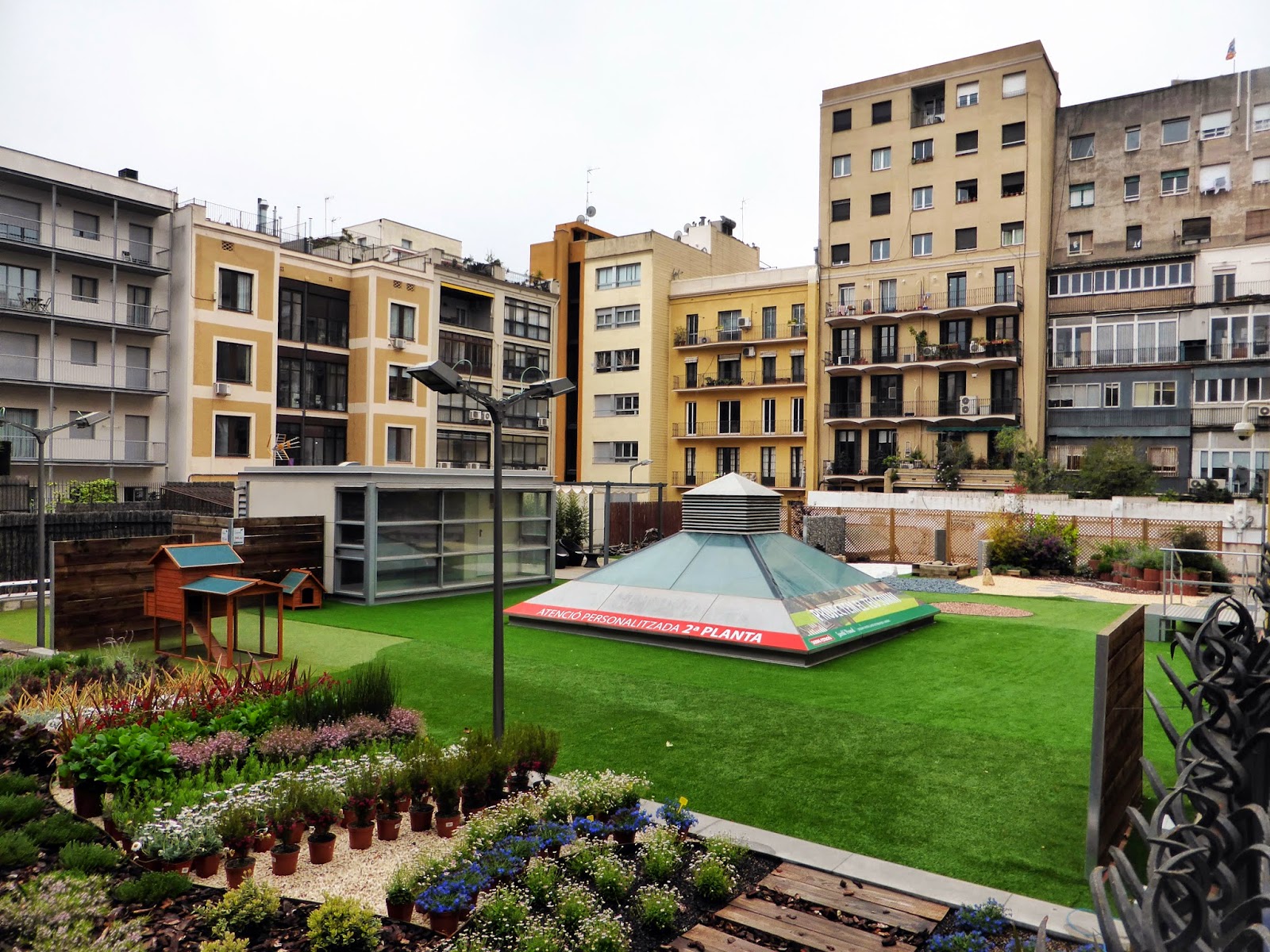'A very thought provoking and insightful post Steve. You've got me convinced now that I'm not carrying enough safety gear. Thanks for the inspiration and the fine examples'
So said Joel after reading the post previous to this one. Nice to have some praise, but I'm not confident about what I wrote in the last post. The idea of putting a drogue over the bow and lying in the floorboards doesn't really seem a viable option to me in a small open dinghy.
I think a drogue over the stern as you make a downwind run is probably a far better option. All being well - you have some refuge on the leeshore, downwind of you! Better to head for that if all other options are failing.
Anyway, Joel's comment got me thinking, as always about the whole issue of safety in stormy seas. My main aim is never to get caught out i.e. choosing an appropriate weather window! Running out to sea to get sea room during a storm also 'feels' wrong. I would have thought that waves further out to sea will be even bigger and there would be a serious risk of swamping, broaching etc in a small dinghy.
If I were to be capsized, staying with the boat would be essential so harnesses are a definite. Carrying VHF, mobile, GPS, PLB, knife, some boiled sweets and a spray hood in my buoyancy aid - a must. If I had to sit on an upturned hull; or if I couldn't get Arwen upright again, at least drifting attached to her makes me easier to see and find.
Masthead buoyancy - well it may be worth hoisting an inflated expedition dry sac and seeing what issues that causes next time I'm out (so note to self for next trip...........
Ah! That Anchor. A 15lb Bruce anchor with 3m of chain and then almost 40m of rode. Kept upfront in the anchor well on the starboard side just behind the bowsprit and secured with elastic straps - it can be seen in the photo below. Is its storage location an issue?
If heading upwind in stormy conditions would it cause the bow to bury itself - would this be a good thing? On a downwind run in stormy conditions would that weight cause the bow to dig into the waves and so induce a nasty broach gybe or far worse a pitch-pole situation?
Oh dear! I feel one of 'my headaches' coming on......you know the ones.........confused, tense, unsure.............um!
I'd better go for a lie down on the sofa with a marmite sandwich, glass of milk and Hawaii 5-0 on the TV; and everyone kicked out of the lounge.............as if that could ever happen in my household!
So said Joel after reading the post previous to this one. Nice to have some praise, but I'm not confident about what I wrote in the last post. The idea of putting a drogue over the bow and lying in the floorboards doesn't really seem a viable option to me in a small open dinghy.
I think a drogue over the stern as you make a downwind run is probably a far better option. All being well - you have some refuge on the leeshore, downwind of you! Better to head for that if all other options are failing.
Anyway, Joel's comment got me thinking, as always about the whole issue of safety in stormy seas. My main aim is never to get caught out i.e. choosing an appropriate weather window! Running out to sea to get sea room during a storm also 'feels' wrong. I would have thought that waves further out to sea will be even bigger and there would be a serious risk of swamping, broaching etc in a small dinghy.
If I were to be capsized, staying with the boat would be essential so harnesses are a definite. Carrying VHF, mobile, GPS, PLB, knife, some boiled sweets and a spray hood in my buoyancy aid - a must. If I had to sit on an upturned hull; or if I couldn't get Arwen upright again, at least drifting attached to her makes me easier to see and find.
Masthead buoyancy - well it may be worth hoisting an inflated expedition dry sac and seeing what issues that causes next time I'm out (so note to self for next trip...........
- it will be the 300th hour in Arwen and 75th trip so party!
- raise the attachment point for the snotter as outlined in a previous post - advice from Joel
- similarly, tension the downhaul more and pull the tack of the sail closer to the mast and secure
- raise an expedition drybag or attach one to top of mast; use a running halyard line on loop around block so it can be lowered if needbe)
Ah! That Anchor. A 15lb Bruce anchor with 3m of chain and then almost 40m of rode. Kept upfront in the anchor well on the starboard side just behind the bowsprit and secured with elastic straps - it can be seen in the photo below. Is its storage location an issue?
the anchor and warp are stored on the left hand side of the bowsprit in this photo between oar and stemhead; you can just make out anchor shank sticking up
If heading upwind in stormy conditions would it cause the bow to bury itself - would this be a good thing? On a downwind run in stormy conditions would that weight cause the bow to dig into the waves and so induce a nasty broach gybe or far worse a pitch-pole situation?
Oh dear! I feel one of 'my headaches' coming on......you know the ones.........confused, tense, unsure.............um!
I'd better go for a lie down on the sofa with a marmite sandwich, glass of milk and Hawaii 5-0 on the TV; and everyone kicked out of the lounge.............as if that could ever happen in my household!



















































































